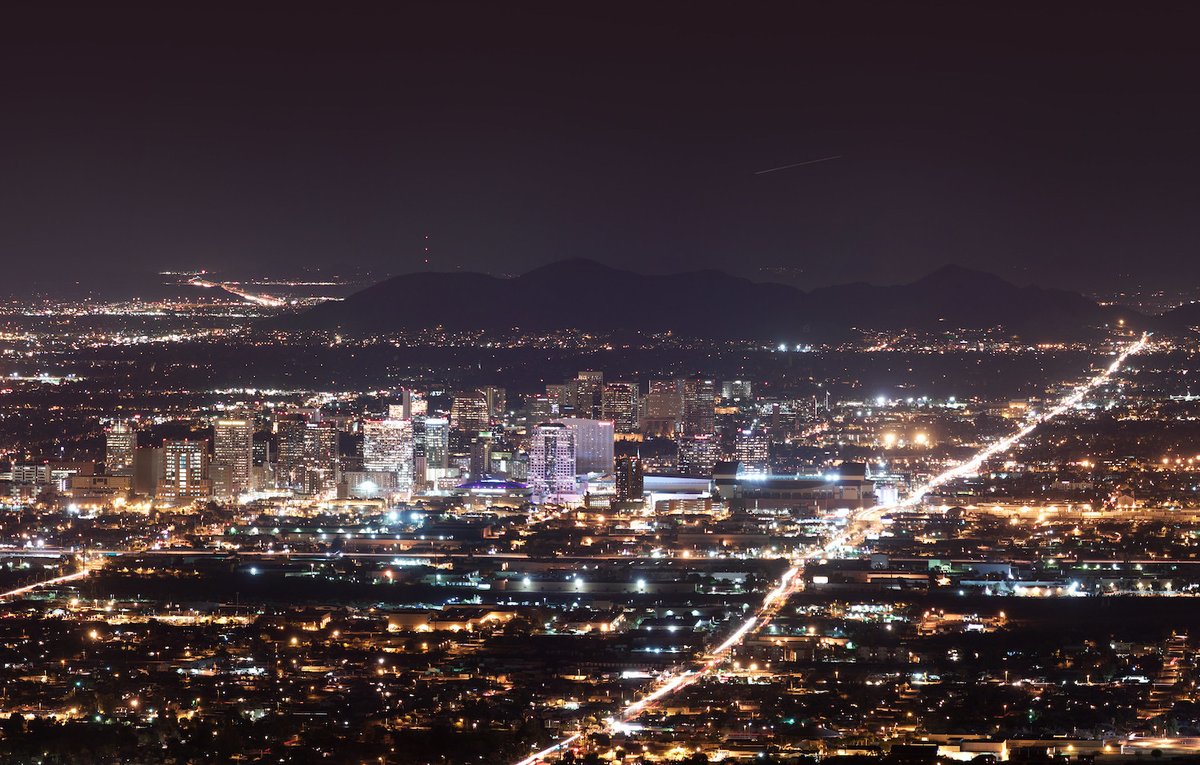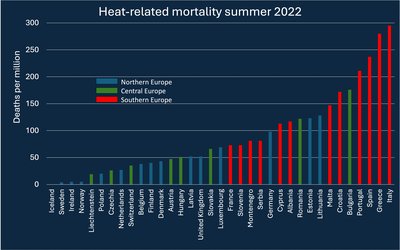
Phoenix, Arizona, by night (photo: Alan Stark, flickr.com)
More and more city dwellers are suffering from more and more heat. 70 years from now, nearly half of the urban population could be exposed to high heat stress. One of those cities is Phoenix, the fifth largest city of the US, and the nation’s hottest. This city in the desert of Arizona is struggling to provide fresh water to its citizens and combat the heat. Heat is a huge problem for Phoenix for several reasons. Being a desert city with little vegetation to cool the atmosphere through transpiration, the city’s starting position is already problematic. In addition, decades of sprawling urban growth have increased the city’s heat island effect, the phenomenon where urbanized areas are generally warmer than the surrounding rural environment. This effect can reach several degrees Celsius. On top of that comes climate change.
In this city, providing adequate shade is a matter of life and death. The city has taken a unique step and established the country’s first office of heat response and mitigation, focused on planting lots of trees to provide shade for its residents. The residents are part of this initiative. The trees are being planted on their properties. They can choose from a list of native and desert-adapted trees, they get instructions how to take care of their trees, and a hose, irrigation timer and instrument to measure the soil pH and moisture.
So far, progress is modest. The city has a long way to go. 700 trees have been planted whereas 800,000 trees are needed to achieve 15% canopy cover throughout the city. Currently, only around 9% of Phoenix is protected by tree canopies. A complicating factor are the vast inequities between wealthy and poor communities. In some of the poorer neighborhoods, canopy cover is only 4%. In wealthy communities this is over three times as much.
Source: The Guardian, 17 April 2024. ‘We need more shade’: US’s hottest city turns to trees to cool those most in need.








